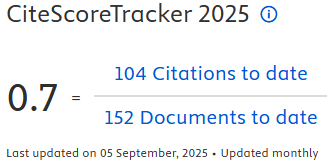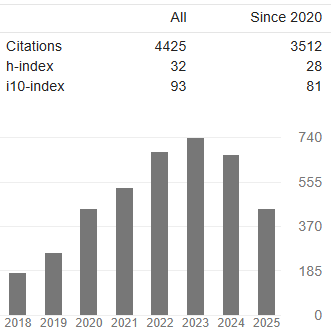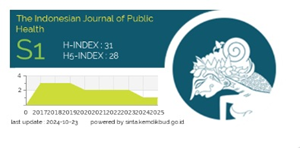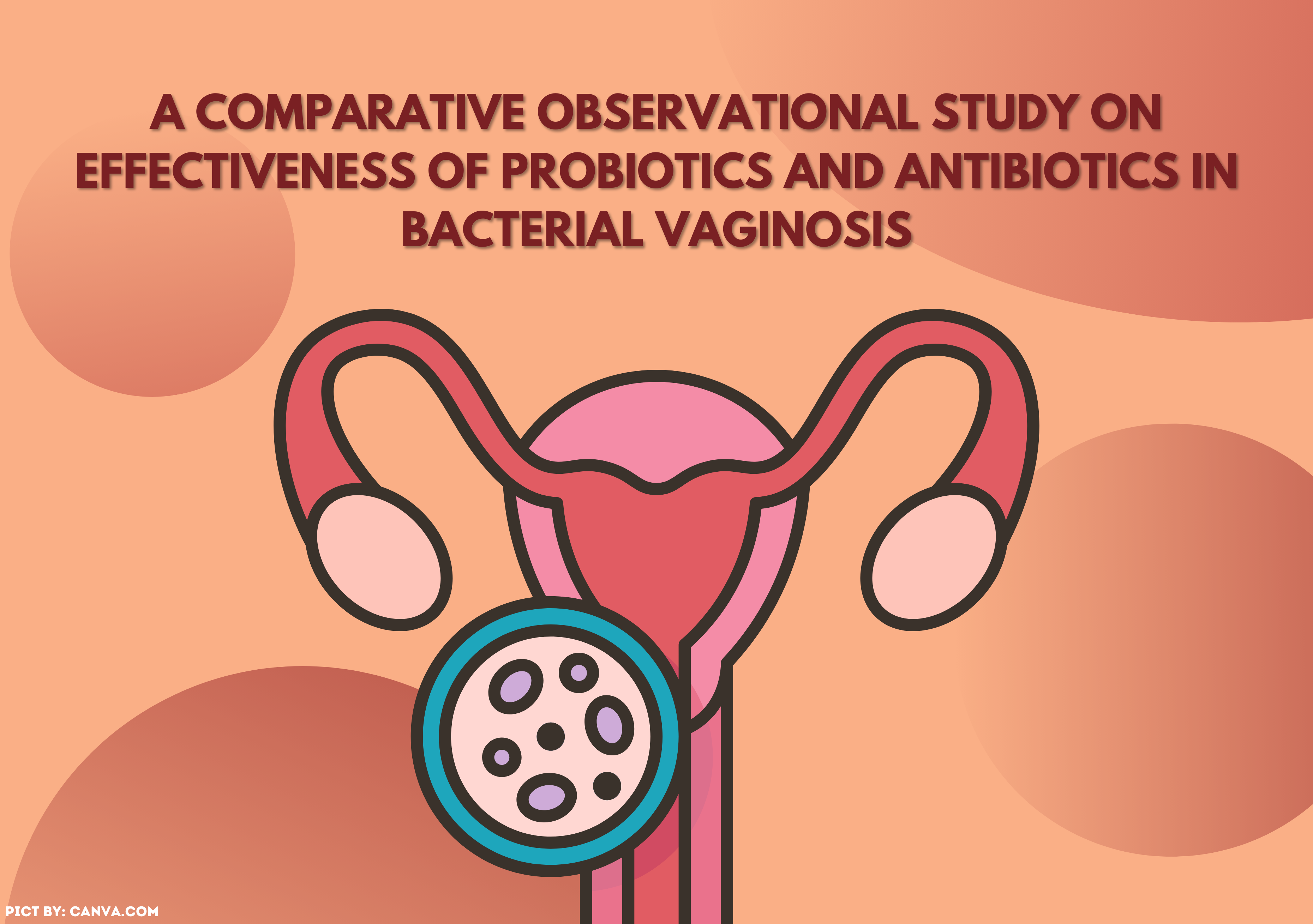SATISFACTION ON DELIVERY CARE SERVICES AMONG RURAL WOMEN IN SARAWAK, MALAYSIA: A CROSS-SECTIONAL COMMUNITY-BASED STUDY
Downloads
The improvement of quality in maternity care services is an effective strategy to reduce maternal mortality. The utilisation of the maternity services and its satisfaction indirectly measure the quality of services. This study aimed to assess the level of satisfaction with delivery care and also to identify the factors influencing the satisfaction among women on the quality of delivery care services in Sarawak. A cross-sectional study was conducted in the three main zones of Sarawak, Malaysia. A total of 1236 completed data were analysed. Data was collected using the validated Patient Satisfaction Questionnaire (PSQ-18, Short Form) by face to face interview. Data entry and analysis was done by SPSS version 22.0 software. A p-value of less than 0.05 was considered statistically significant. A multinomial logistic regression analysis revealed that Bidayuh ethnics were 28.6% less likely to have good satisfaction with delivery care than the other ethnic groups. The respondents were 1.806 times more likely to have the average satisfaction and 1.972 times more likely to have good satisfaction on delivery care if a doctor attended the latter. Similarly, the respondents were 2.29 times highly satisfied if the out of pocket expenses were less than MYR 91.50 (US $ 21.73) compared to 2.10 times in average satisfaction. Overall, the women were satisfied with the delivery care services. However, assessment of satisfaction with the services provided from the different level of health care professionals needs to be explored to gain a deeper understanding of maternal care.
Keywords: Delivery Care, Level of satisfaction, Maternal Health Services, Sarawak.Amano, A., Gebeyehu, A., & Birhanu, Z. (2012). Institutional delivery service utilisation in Munisa Woreda, South East Ethiopia: A community-based cross-sectional study. BMC Pregnancy and Childbirth, 12, 105. https://doi.org/10.1186/1471-2393-12-105
Amentie, M., Muluemebetabera, & abdulahi, M. (2016). The utilisation of institutional delivery care services and influencing factors among women of childbearing age in Assosa district, Benishangul Gumuz regional state, West Ethiopia. Global Journal of Medical Research, 16(3), 35–44.
Bélanger-Lévesque, M.-N., Pasquier, M., Roy-Matton, N., Blouin, S., & Pasquier, J.-C. (2014). Maternal and paternal satisfaction in the delivery room: A cross-sectional comparative study. BMJ Open, 4(2), e004013. https://doi.org/10.1136/bmjopen-2013-004013
Changole, J., Bandawe, C., Makanani, B., Nkanaunena, K., Taulo, F., Malunga, E., & Kafulafula, G. (2010). Patients' satisfaction with reproductive health services at Gogo Chatinkha Maternity Unit, Queen Elizabeth Central Hospital, Blantyre, Malawi. Malawi Medical Journal: The Journal of Medical Association of Malawi, 22(1), 5–9.
Darega, B., Dida, N., Tafese, F., & Ololo, S. (2016). Institutional delivery and postnatal care services utilisations in Abuna Gindeberet District, West Shewa, Oromiya Region, Central Ethiopia: A Community-based cross-sectional study. BMC Pregnancy and Childbirth, 16(149), 1–7. https://doi.org/10.1186/s12884-016-0940-x
Das, S., Alcock, G., Azad, K., Kuddus, A., Manandhar, D. S., Shrestha, B. P., ... Osrin, D. (2016). Institutional delivery in public and private sectors in South Asia: A comparative analysis of prospective data from four demographic surveillance sites. BMC Pregnancy and Childbirth, 16, 273. https://doi.org/10.1186/s12884-016-1069-7
Dhar, R. S. G., Nagpal, J., Sinha, S., Bhargava, V. L., Sachdeva, A., & Bhartia, A. (2009). Direct cost of maternity-care services in South Delhi: A community survey. Journal of Health, Population, and Nutrition, 27(3), 368–378.
Dzomeku, M. V. (2011). Maternal satisfaction with care during labour: A case study of the Mampong-Ashanti district hospital maternity unit in Ghana. International Journal of Nursing and Midwifery, 3(3), 30–34.
Garson, G. D. (2015). Missing values analysis and data imputation (second).
IBM SPSS. (2013). IBM SPSS Statistics for Windows (Version 22). Armonk, New York, USA: IBM SPSS.
Kaur, J. (2011). Maternal health in malaysia: A review. WebmedCentral Public Health, 2(12), 1–26.
Kebede, A., Hassen, K., & Nigussie Teklehaymanot, A. (2016). Factors associated with institutional delivery service utilization in Ethiopia. International Journal of Women's Health, 8, 463–475. https://doi.org/10.2147/IJWH.S109498
Kennare, R. M., Keirse, M. J. N. C., Tucker, G. R., & Chan, A. C. (2010). Planned home and hospital births in South Australia, 1991-2006: Differences in outcomes. The Medical Journal of Australia, 192(2), 76–80.
Khanam, N., Quazi Syed, Z., & Wagh, V. (2012). Patient satisfaction on maternal and child health services. Indian Medical Gazette, 1(1), 47–51.
Kyei, N. N. A., Campbell, O. M. R., & Gabrysch, S. (2012). The influence of distance and level of service provision on antenatal care use in rural Zambia. PLOS ONE, 7(10), e46475. https://doi.org/10.1371/journal.pone.0046475
Lumadi, T. G., & Buch, E. (2011). Patients' satisfaction with midwifery services in a regional hospital and its referring clinics in the Limpopo Province of South Africa. Africa Journal of Nursing and Midwifery, 13(2), 14–28.
Pallant, J. (2016). Spss survival manual: A step by step guide to data analysis using spss (6th edition).
Pitaloka, S. D., & Rizal, A. M. (2006). Patients' satisfaction in antenatal clinic hospital Universiti Kebangsaan Malaysia. Jurnal Kesihatan Masyarakat, 12(1), 9–18.
Rahman, M. M. (1997). Socio-demographic determinants of infant mortality and morbidity and its correlation with maternal health in slum dwellers of Dhaka city. Dhaka University, Dhaka.
Ratima, M., & Crengle, S. (2013). Antenatal, labour, and delivery care for MÄori: Experiences, location within a lifecourse approach, and knowledge gaps. Pimatisiwin: A Journal of Aboriginal and Indigenous Community Health, 10(3), 353–366.
Sandall, J., Soltani, H., Gates, S., Shennan, A., & Devane, D. (2016). Midwife-led continuity models versus other models of care for childbearing women. The Cochrane Database of Systematic Reviews, 4, CD004667. https://doi.org/10.1002/14651858.CD004667.pub5
Sarawak State Health Department. (2003). Klinik kesihatan. Management manual (4th ed.). Kuching, Sarawak: Sarawak State Health Department.
Srivastava, A., Avan, B. I., Rajbangshi, P., & Bhattacharyya, S. (2015). Determinants of women's satisfaction with maternal health care: A review of literature from developing countries. BMC Pregnancy and Childbirth, 15, 97. https://doi.org/10.1186/s12884-015-0525-0
Tabachnick, B. G., & Fidell, L. S. (2013). Using multivariate statistics (6th ed).
Varma, D. S., Khan, M., & Hazra, A. (2010). Increasing institutional delivery and access to emergency obstetric care services in rural Uttar Pradesh. The Journal of Family Welfare, 56, 23–30.
World Health Organization, UNICEF, UNFPA and The World Bank. (2012). Trends in maternal mortality: 1990 to 2010, WHO, UNICEF, UNFPA and The World Bank estimates.
Yadav, H. (2012). A review of maternal mortality in Malaysia. IeJSME, 6(Suppl 1), S142–S151.
Yohannes, B., Tarekegn, M., & Paulos, W. (2013). Mothers' utilization of antenatal care and their satisfaction with delivery services in selected public health facilities of Wolaita zone, Southern Ethiopia. International Journal of Scientific & Technology Research, 2(2), 74–85.
- The authors agree to transfer the transfer copyright of the article to The Indonesian Journal of Public Health effective if and when the paper is accepted for publication.
- Authors and other parties are bound to the Creative Commons Attribution-NonCommercial-ShareAlike 4.0 International License for the published articles, legal formal aspect of journal publication accessibility refers to Creative Commons Attribution-NonCommercial-ShareAlike 4.0 International License (CC BY-NC-SA), implies that:
- Attribution ” You must give appropriate credit, provide a link to the license, and indicate if changes were made. You may do so in any reasonable manner, but not in any way that suggests the licensor endorses you or your use.
- NonCommercial ” You may not use the material for commercial purposes.
- ShareAlike ” If you remix, transform, or build upon the material, you must distribute your contributions under the same license as the original.































